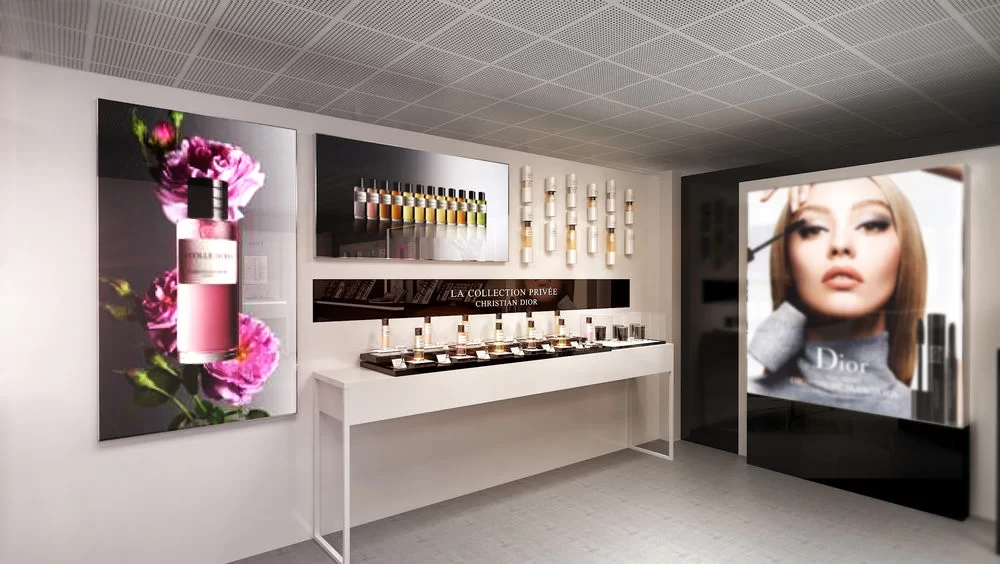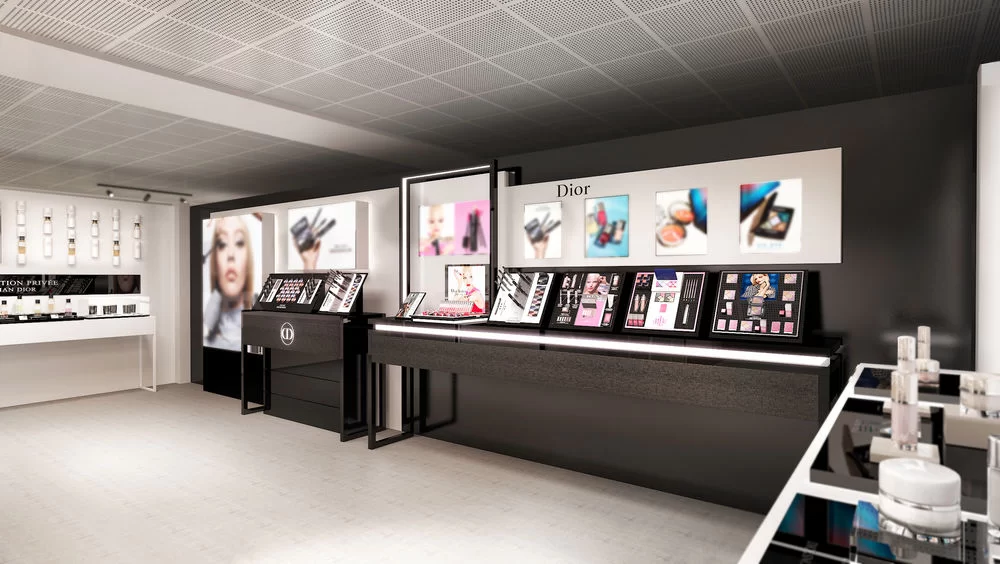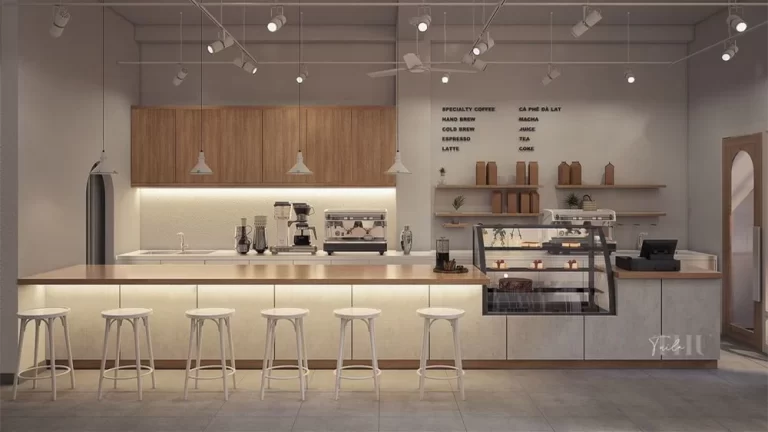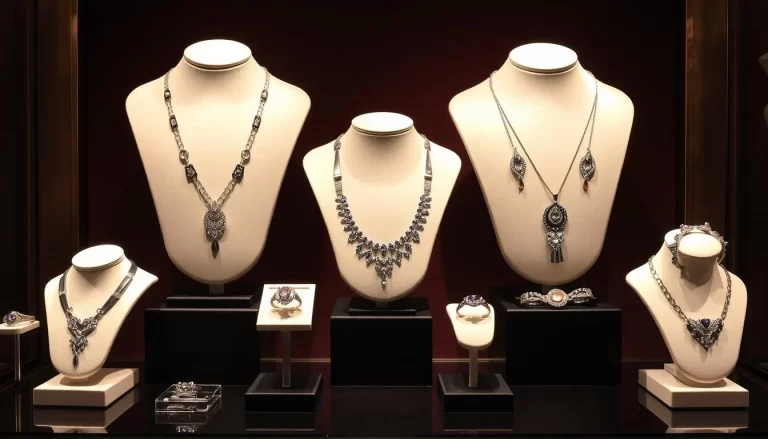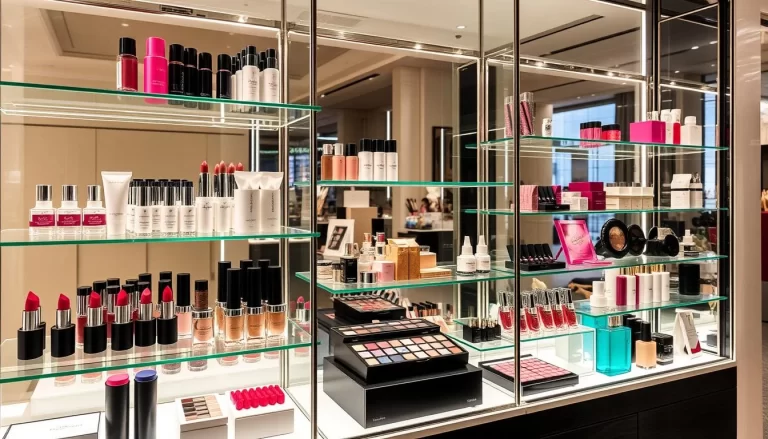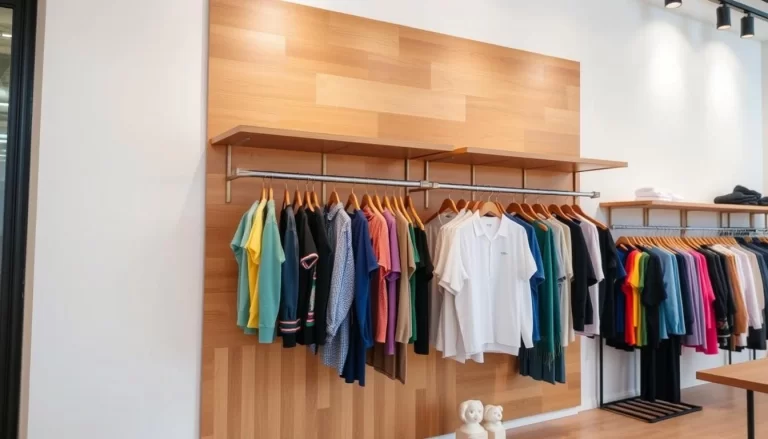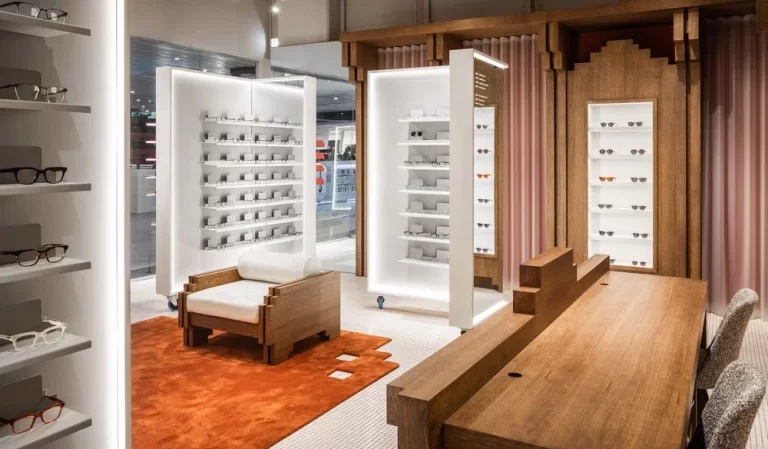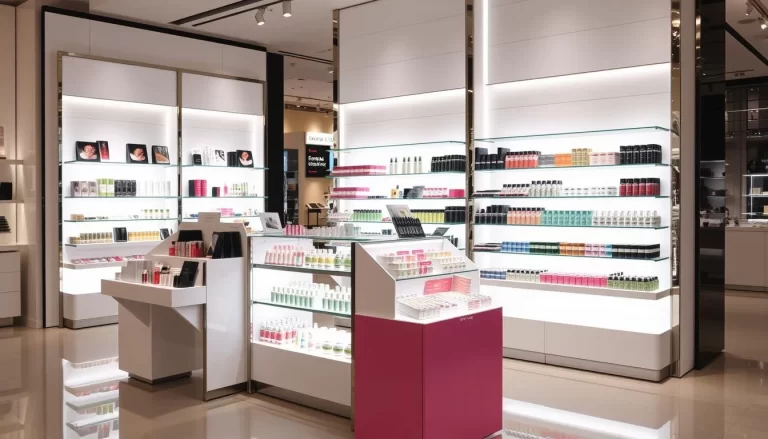Crafting a Winning Retail Store
In today’s competitive retail environment, designing a store that attracts and retains customers is crucial. A well-designed retail space not only enhances the shopping experience but also drives sales and builds brand loyalty. This article will explore key elements of retail store design, including layout, display fixtures, material selection, and lighting, to help you create a popular and successful retail store.

1. Store Layout
1.1 Entrance and Door Design
The entrance is the first point of contact between the store and the customer. It should be inviting and reflective of the brand’s identity.
- Visibility: Ensure the entrance is wide and well-lit. A bright, open entrance invites customers in.
- Signage: Use clear and attractive signage. The store name should be prominently displayed in both English and local languages if applicable. Illuminated signs with warm lighting can make the store name stand out.
- Door Design: Keep the door design simple yet elegant. Glass doors can provide a view into the store, enticing customers to enter.
1.2 Internal Layout
The internal layout should facilitate easy navigation and create a pleasant shopping experience.
- Reception Desk: Place a reception desk centrally or near the entrance. It should be minimalist in design, with a clean countertop and necessary equipment like a cash register.
- Symmetry and Order: A symmetrical layout creates a sense of order and balance. Use columnar display stands to guide the customer’s gaze and direct traffic flow.
- Product Zones: Divide the store into distinct product zones. Use signage to indicate different sections, such as “Phones,” “Laptops,” and “Accessories.”
2. Display Fixtures
2.1 Shelving
Shelving is a fundamental element of retail display. It should be both functional and aesthetically pleasing.
- Open-Style Shelves: Open-style shelves with white frames and warm lighting enhance product visibility and create a bright, inviting atmosphere.
- Layered Display: Use shelves with clear layers to display products neatly. Each layer should have a specific category of products, arranged in an orderly fashion.
- Lighting: Install lighting on the top of shelves to highlight products and enhance their texture and details.
2.2 Display Stands
Display stands can be used to showcase featured products and guide customer movement.
- Columnar Stands: Place columnar stands near the entrance or reception desk to display high-margin or new arrival items.
- Counter Displays: Use lower counters in front of shelves to display small, impulse-buy items like headphones and chargers.
2.3 Wall Displays
Walls can be utilized effectively for product display and branding.
- Product Display Areas: Designate wall areas for product display. Use shelves or hooks to arrange products neatly.
- Branding: Incorporate the brand logo and colors into wall designs. Use materials like imitation marble tiles for a sophisticated look.
3. Material Selection
3.1 Flooring
The flooring should be durable, easy to clean, and complement the overall design.
- Ceramic Tiles: Ceramic tiles are wear-resistant and easy to maintain, making them ideal for high-traffic areas.
- Wooden Flooring: For a warmer, more luxurious feel, consider wooden flooring. It adds a touch of elegance but requires more maintenance.
3.2 Wall Materials
Wall materials should enhance the store’s aesthetic and be easy to maintain.
- Imitation Marble Tiles: These tiles add a three-dimensional effect and glossiness to walls, enhancing the store’s upscale feel.
- Latex Paint: Use latex paint for a smooth, flat finish on walls. It is easy to clean and maintain.
3.3 Display Fixture Materials
The materials used for display fixtures should be sturdy and visually appealing.
- Metal Frames: Metal frames provide strong support for shelves and display stands.
- Wooden Panels: Wooden panels add a natural, warm touch to shelves and counters.
- Glass: Use glass for doors or partitions in display cabinets to increase transparency and showcase products effectively.
4. Lighting Design
4.1 General Lighting
General lighting sets the overall ambiance of the store.
- Ceiling Lights: Use ceiling lights to provide uniform illumination throughout the store. LED lights are energy-efficient and provide bright, clear light.
- Recessed Lighting: Recessed lighting can be used to create a clean, modern look.
4.2 Accent Lighting
Accent lighting highlights specific areas or products.
- Spotlights: Use spotlights to draw attention to featured products or display stands.
- Shelf Lighting: Install lighting on shelves to illuminate products and enhance their visibility.
4.3 Decorative Lighting
Decorative lighting adds a touch of elegance and can be used to reinforce the brand’s identity.
- Chandeliers: For a luxurious feel, consider using chandeliers in key areas like the entrance or reception desk.
- LED Strips: LED strips can be used to create a modern, sleek look along shelves or counters.
5. Color Scheme
5.1 Base Colors
Choose base colors that create a bright and inviting atmosphere.
- Beige and White: These colors make the space feel larger and more open. They provide a neutral backdrop that allows products to stand out.
5.2 Accent Colors
Use accent colors to add depth and sophistication.
- Gold: Gold accents can enhance the store’s elegance and create a sense of luxury.
- Brand Colors: Incorporate the brand’s colors into the design to reinforce brand identity.
6. Customer Experience
6.1 Comfortable Environment
Ensure the store environment is comfortable for customers.
- Temperature Control: Maintain a comfortable temperature with adequate heating and cooling systems.
- Seating Areas: Provide seating areas where customers can rest, especially in larger stores.
6.2 Interactive Elements
Incorporate interactive elements to engage customers.
- Digital Displays: Use digital screens to showcase product information, promotions, and brand stories.
- Try-Before-You-Buy Stations: For products like electronics or cosmetics, set up stations where customers can try out items before purchasing.
6.3 Customer Service
Excellent customer service is key to a positive shopping experience.
- Trained Staff: Ensure staff are well-trained and knowledgeable about the products.
- Help Desks: Place help desks strategically throughout the store to assist customers with queries.
7. Technology Integration
7.1 Point of Sale (POS) Systems
Modern POS systems streamline the checkout process and enhance customer satisfaction.
- Efficient Checkout: Use POS systems that allow for quick and efficient transactions.
- Inventory Management: Integrate inventory management features to keep track of stock levels and reorder products as needed.
7.2 E-Commerce Integration
Blend the physical and online shopping experiences.
- Click and Collect: Offer a click-and-collect service where customers can order online and pick up in-store.
- In-Store Online Ordering: Provide kiosks where customers can browse and order products not available in-store.
8. Sustainability
8.1 Eco-Friendly Materials
Use sustainable materials to appeal to environmentally conscious consumers.
- Recycled Materials: Opt for display fixtures made from recycled materials.
- Sustainable Flooring: Consider eco-friendly flooring options like bamboo or recycled rubber.
8.2 Energy Efficiency
Implement energy-efficient practices to reduce the store’s environmental impact.
- LED Lighting: Use LED lights throughout the store for energy efficiency.
- Smart Lighting Systems: Install smart lighting systems that adjust based on natural light levels and store occupancy.
Conclusion
Designing a popular retail store involves a careful balance of aesthetics, functionality, and customer experience. By focusing on a symmetrical and orderly layout, selecting high-quality materials, and implementing effective lighting, you can create a welcoming and attractive shopping environment. Incorporating technology and sustainable practices further enhances the store’s appeal, making it a favorite among consumers. Attention to detail and a deep understanding of customer needs are key to standing out in the competitive retail landscape.

